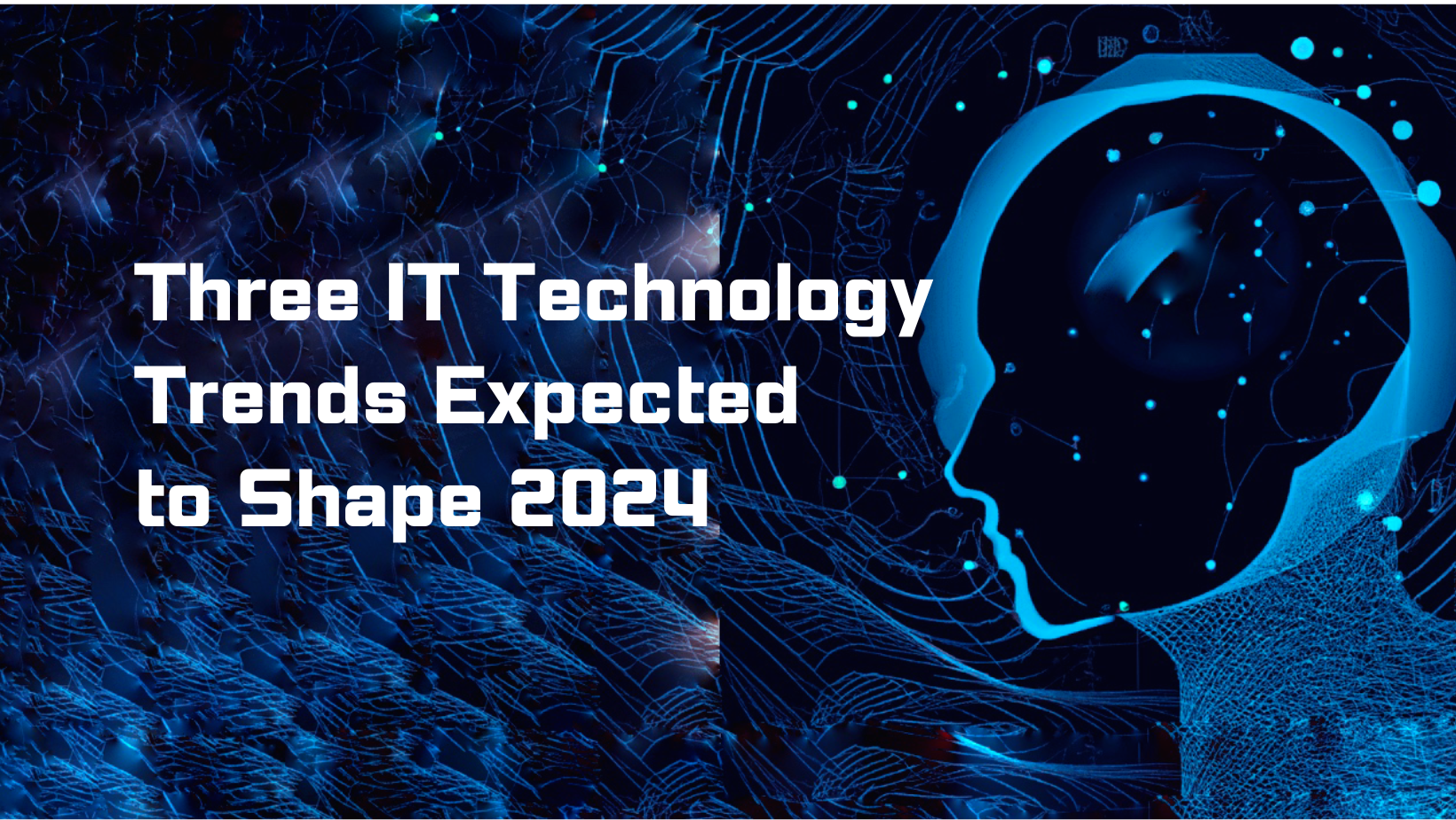As technological advancements continue to reshape the landscape of business and society, it’s essential to keep an eye on emerging trends that will influence the way we live, work, and interact. In this blog post, we will explore the top three IT technology trends that are set to take centre stage in 2024: AI in business models, Cybersecurity in a hyperconnected world, and digital sovereignty. We will examine the significance of each trend, outline the challenges and opportunities they present, and explore their potential impact on businesses and individuals alike.
AI in Business Models
The emergence of artificial intelligence (AI) has already had a profound impact on the way businesses operate, from automating processes to analysing data. By 2024, the integration of AI into business models will become even more prevalent. Businesses will leverage AI to enhance customer experiences, optimise workflows, and extract insights from vast amounts of data. Data scientists undoubtedly have a critical role to play in this, but organisations should also prioritize cross-functional collaboration to ensure that their AI initiatives align with their organisations’ goals.
However, integrating AI into business models presents various challenges. Organisations must grapple with issues of privacy, ethics, and transparency surrounding data usage. Additionally, the rapid pace of AI development may lead to a skills deficit as businesses struggle to keep up with evolving technologies.
Nevertheless, the potential for AI in business models is vast. AI-powered chatbots, for instance, can provide customers with round-the-clock assistance, improving satisfaction and loyalty. AI-fuelled supply chain optimisation can reduce costs and lead time, safeguarding availability and quality. The opportunities afforded by AI in business models are vast, and their potential impact may be transformative.
Cybersecurity in a Hyperconnected World
As the proliferation of technology continues to bridge the gaps between individuals, organisations, and nations, ensuring the security of digital assets and personal information will take an even more paramount role. By 2024, cyberattacks are likely to become more sophisticated and frequent, necessitating a more proactive approach to cybersecurity.
To address this, organisations will need to deploy advanced technologies such as machine learning and AI to enhance threat detection, while blockchain will augment cybersecurity by bolstering transactional security. Ensuring cybersecurity will require a more strategic approach as organisations prioritize security-by-design principles in the development of new systems. However, implementing these changes will be worth the effort, given the staggering potential impact of cyberattacks on the economy and society at large.
Digital Sovereignty
Digital sovereignty, or the ability of nations to control their digital environments, is emerging as an increasingly important concern. By 2024, countries will strive to exert more control over their digital spaces, driven by concerns of data security and privacy. This trend has been spurred by the increasing localisation of data, driven by regulations such as the European Union’s General Data Protection Regulation (GDPR) and China’s Cybersecurity Law.
Digital sovereignty presents various challenges, from trade-offs between security and privacy to regulatory fragmentation. However, it also offers opportunities to promote innovation while safeguarding data and privacy. Businesses and individuals must remain aware of the emerging regulatory landscape and strive to comply with new requirements while balancing their innovation aspirations.
The IT technology trends expected to take centre stage in 2024 will undoubtedly have far-reaching impacts on individuals, organisations, and society as a whole. AI in business models, cybersecurity in a hyperconnected world, and digital sovereignty are set to emerge as critical concerns and opportunities for businesses. By embracing these trends, businesses can leverage cutting-edge technologies to improve their operations, protect their assets, and drive innovation. However, effectively integrating these trends requires a proactive approach to addressing the challenges they present. The potential impact of these trends is vast, and businesses and individuals alike must remain abreast of emerging developments to take full advantage of them.




